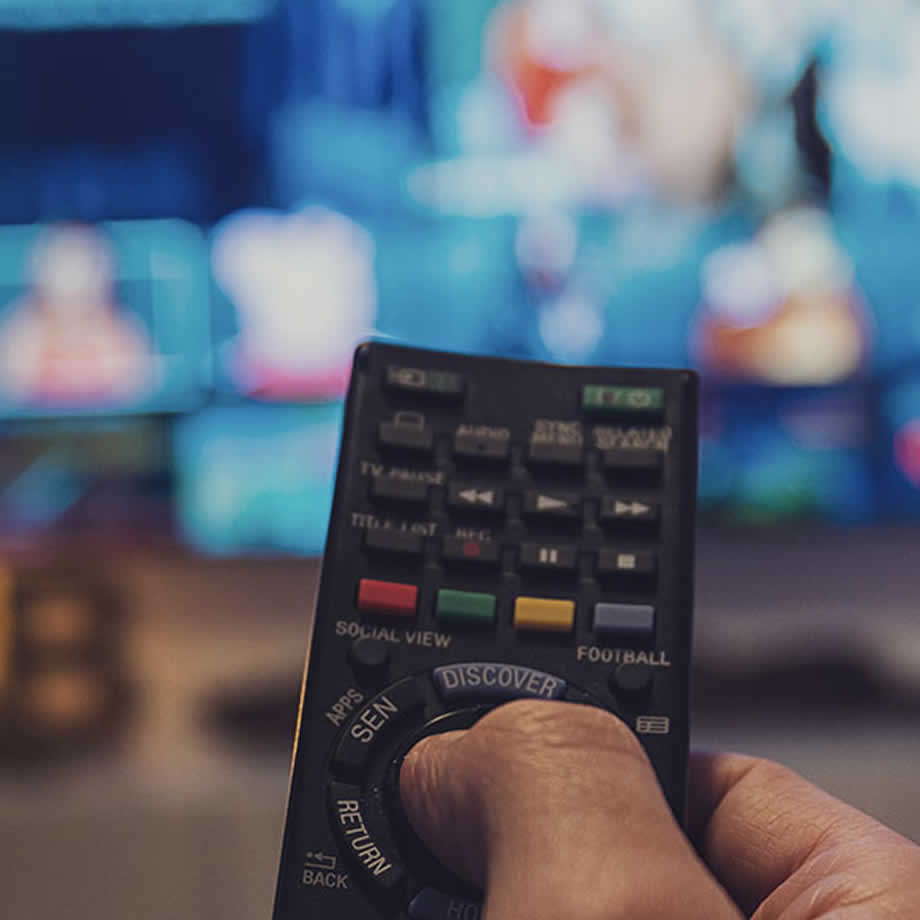Gesatech Solutions
Your Trusted IT Partner
What is Digital Terrestrial Television?
- October 19, 2018
- End-user Productivity
Digital Terrestrial Television, or DTT, is the technology that allows TV devices on land to receive radio waves in a digital format. Where analogue formats involved the transmission of a continuous wave to the user’s device, DTT ensures that information is relayed in ones and zeros, just like information is written on a CD.
Advantages of DTT
The Geneva Agreement formalised the arrangement for signatory countries to migrate from analogue to digital in 2006 owing to the several advantages DTT presents.
Picture Quality
In analogue broadcasting, information is relayed via a continuous wave format and is received via satellite antennas or dishes. For this reason, quality tends to decrease with distance. Also, obstacles like high rise buildings and walls blocking dishes can affect the quality of content received. This leads to ghosting, a situation where images are shown in faint duplicates.
DTT, on the other hand, allows waves to be transmitted in binary bits (zeros and ones, like computers). The ones (on or true) and zeros (off or false) mean you either receive the image the way it was created or you don’t, thereby avoiding problems of picture quality that analogue transmission faces.
HDTV and SDTV
One key aspect of DTT is that it allows for a more efficient use of the channel spectrum. While an analogue system allows for single Standard Definition Television (SDTV) per channel, the same space could be used for multiple SDTVs in addition to radio stations and data channels under DTT.
Also, DTT’s heightened picture quality makes it possible for your device to receive High Definition TV (HDTV) which have higher resolutions. Resolutions measure the number of pixels (or dots) used in creating an image on a screen. The more the pixels, the clearer the image will be. DTT supports up to 1280 x 720 in HDTV resolution as opposed to 640 x 480 that analogue supports in for SDTV.
Mobile Devices
Because you need a satellite/antenna to receive signals from analogue transmitters, analogue is not possible over mobile devices. DTT, however, makes it possible to receive TV signals on moving vans, laptops, and even smartphones. This increases access and the range of services to more deprived regions.
DTT also ensures that a TV station appears on the same channel regardless of location or TV. With analogue, different transmitters send signals via different frequencies, meaning channel 20 could show The Children’s Channel on one device while channel 31 receives it on another device. DTT ensures consistency.
How to Receive DTT
One way of receiving DTT broadcast content is by using a set-top box to decode the signals. This is a tabletop device that receives the signal from the transmitter and resolves it into a more efficient digital format for the TV screen. Newer television sets now have inbuilt tuners that automatically decode the signals without the need for set-top boxes.
Due to the many benefits of DTT, many countries have already made the transition from analogue since it was agreed in 2006 with a few others yet to do the switch-off.
Share this article with your friends

MORE RESOURCES
Contact Details
No. 35/C16
Off Spintex Road
Opposite Global Access
Accra, Ghana
+233-(0)30 297 8297
+233-(0)55 846 8325
Copyright 2017 © Gesatech Solutions


